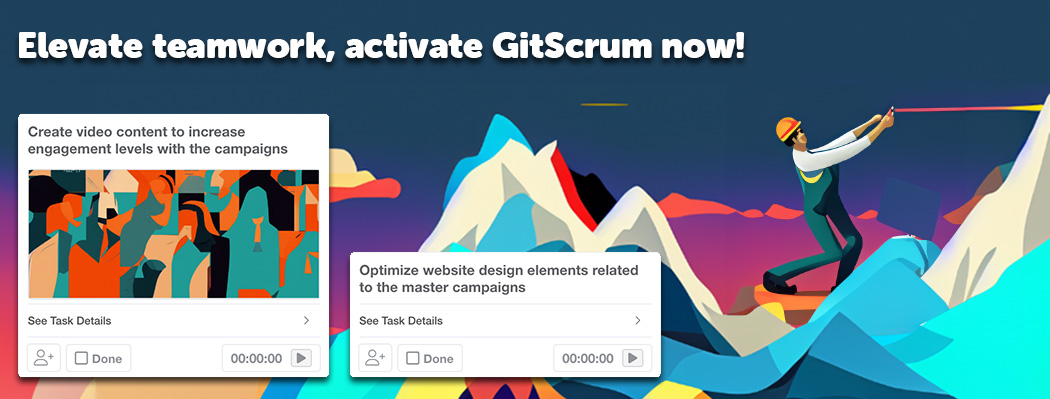
The Customer Experience Era
If you do a quick research about CX (Customer Experience), you will find out many definitions for this concept. At last, they all refer to how the end-user(s) relate with your brand, the contact, perception and feeling they have about it during their existence or event(s) in the customer condition. It became one more expertise and demand for serious businesses.
A few decades ago, we wouldn’t hear about this kind of “discipline”. The traditional intention to please the customer existed, and eventually worked, but it needed to evolve throughout the years. It took time and investment for companies to see that they needed to build more sophisticated tools to investigate what customers really wanted. The idea that expensive efforts not valuable for customers are waste came up from the 80s on, and became popular worldwide later.

Nowadays, you probably noticed that companies of all kinds are making a huge effort to improve their processes and reach customer success. Although many of them still struggle, the good news is that efficient project management can help a lot, and GitScrum is here for this.
Why Work Customer-Centric
Customer loyalty increase
One of the core reasons why companies are making many efforts in knowing their customers better, is that today they have many more market competitors. They “harass” the customers with appealing offers all the time. So, they can’t stick with “the basics”, deliver only a simple product or service, or this loss risk rises tremendously. To reduce it, they try to offer a positive experience, build a relationship and conquer gratitude from their customers. Plan and manage CX with GitScrum project management features.
Innovation Direction
Disrupting one determined market is also another important way to stand out and ensure long-live sustainability for a business. However, this process must have a correct direction and make sense to a significant group of consumers, to ensure profitability. To do so, you will need specialized project management features to drive customer-focused innovation.
Reduce Waste
When your company discovers what really matters to the customers, then you can save resources to invest in those increments. Everything “extra” that’s not valuable to them is waste – it’s a lean concept. After you investigate users’ priorities, you can manage your teams’ workflow with only the essential tasks.
Revenue growth
What happens when you avoid losing customers, reduce waste and create desirable products with innovation? You multiply your potential to sell more and increase your revenue. So, notice that customer experience is not an isolated discipline, it’s a core activity that highly impacts your business. That’s why it’s also “the soul” of Gitscrum project management tool. Increasing your revenue will be a consequence of applying a good customer experience strategy.
Clear objectives
Companies that work customer-centric tend to establish a clear value hierarchy, respecting them, society and collaborators. This helps top management establish priorities, goals and make decisions to filter tasks, dircarding any work that is not essentially valuable.
Implement a CX Process with GitScrum
Here we present a suggestion on how to implement a successful Customer Experience (CX) process with the GitScrum project management tool:
1. Map Your Target Personas
Before you release any products, you need to do some planning. Visual methods are friendly and great for teamwork. Use GitScrum Mind Mapping to draw a map of your segmented group of target buyer personas. Then, you will be able to design a product portfolio and a sales strategy for each one of them.
2. Brand Relationship with Clients and Stakeholders
Besides relating with your end consumers, remember to relate to the other strategic parties – clients and stakeholders (contractors, investors, sponsors, advertisers, suppliers, partners…). Take care of your brand and make sure it’s the only one shining! Bring all these important people to your project management tool as guest members (or regular members), present stunning projects and ask their contribution to build the best CX strategies. Use GitScrum White Label to have a project management tool with your own logo, use your domain and create subdomains – premium solution at a bargain deal.
3. Create a CX Project
No matter what’s your expertise and working area, CX is essential for every business. Although CX is a theme that impacts all your activities (marketing, financial, sales), it’s a good idea to create a project for it. It will help you keep the customer awareness and motivate you to include relevant tasks into it. You can create a private project, sharing it with a group of teammates and stakeholders. Or you can create a public project, share it worldwide on the web, build a brand case, or do crowdsourcing.
4. Manage User Data
Some companies publish contact forms on their websites, ask for customer suggestions, but they never return them. Of course, this is pretty much the same as an invitation to leave. What happens is, many times, companies don’t establish a standard process to deal with suggestions and complaints, so when they come, nobody can process them. Gitscrum User Stories is the feature to transform customer messages into product and service requests, and forward them to developers, designers and marketing professionals.
5. Train your Team to Collaborate and Be Responsive
After the development/production team processes user data, they have the potential to become tasks for product and services increments. Depending on your business format, your collaborators might interact directly with customers, or there can be intermediate communicators. Anyway, they must learn to collaborate and keep intern communication active, for the message to get to end-users. That’s viable with dynamic project management and Kanban boards on GitScrum Board, where stakeholders and clients can monitor the progress of tasks as soon as they are updated by their assignees.
6. Deliver Improvements Quickly
Customers in our century are quite immediatists. That means they don’t have much patience – you will either deliver increments quickly, or they’ll be very likely to switch to another brand. There is one productivity feature that’s helping thousands of industries and service offices in the whole world every day. GitScrum Sprints will help you set your team delivery goals, as well as integrate individual professional goals, and skyrocket your productivity for the best CX. Remember that what is innovation today, might become “just the basics” any time, so be sure your competitors do not want you to use Sprints. If you do, your business will show the difference, and so will your customers.
7. Create Relevant Content to Support your Product/Service
Today, content is one of the most important marketing strategies of all. It has the highest acceptance among customers and makes your brand conquer relevance, in case it’s still unknown by the customers. It’s also important to keep your brand image and active recall. Gitscrum Wiki is the feature for collaborators to create internal content, share public pages about products and test content pages that might be published on clients’ several channels. It’s an excellent resource to showcase ideas to clients, in active projects or samples.
8. Connect with Customers
There are many ways to establish connections with your customers. Besides your official communication channels and the User Stories we mentioned, you can also integrate GitScrum to other apps like Discord to access discussion groups or create new ones, for qualified insights on your segmented target personas. Many brands do inniciatives like that, keeping permanent open channel for customers’ discussion on a product line or service.
9. Plan Strategic Actions
Once you mapped your target personas, you must build strategic marketing and communication with them. Discover what dates are important for those “tribes”, which events will take place virtually or regionally in their market(s). You can create theme promotions, email marketing campaigns, congratulation cards, or choose to participate in some events. Then, use GitScrum Calendar to include reminders for strategic actions during all the semester long, or year.
Now, you know all it takes to start building solid customer success in your business. Rise to the top by managing your projects and customers with GitScrum!